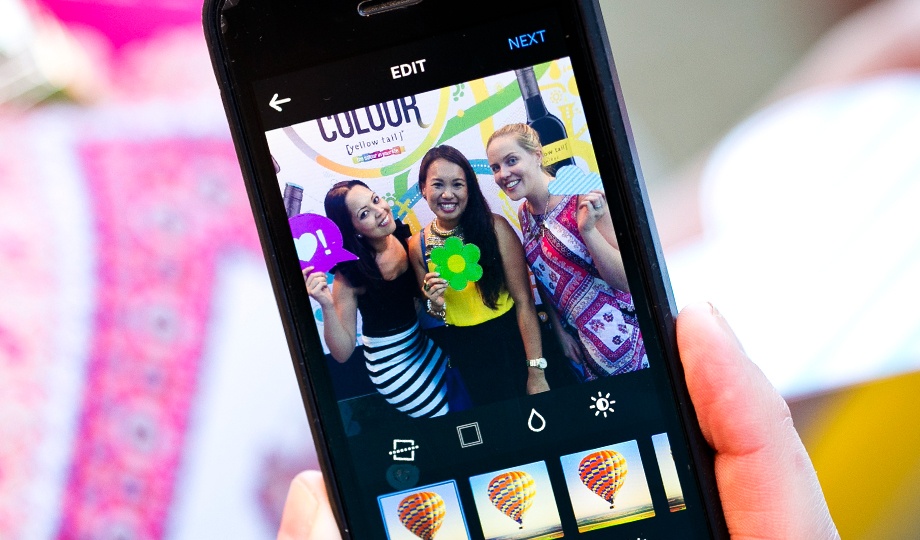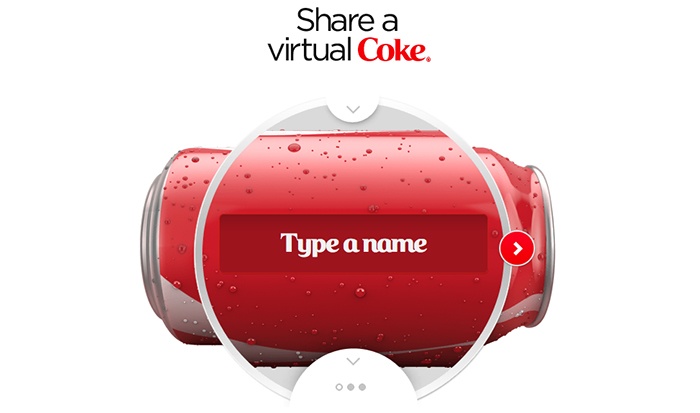The term millennials is now meaningless. It needs to die.
This is not new news: if we’re being honest, it’s been a largely redundant grouping ever since the arrival of Y2K, having been first coined back in 1991.
The problem with talking about millennials, in the most basic sense, is that the term covers a ridiculously vast number of people now aged anywhere from 18 to 35. You simply cannot make accurate, meaningful assumptions about such a far-reaching, disparate group.

Tastes, interests and habits change hugely the older you get, so to group this vast age span into one mammoth demographic doesn’t do us any favours. And it’s certainly not a great way of thinking about targeting when marketing.
Why are we still using it then?
A big reason the term has lived on, and is still being used 17 years later after its obvious expiration date, is the marketing industry. We all fell in love with the term and encouraged its use. Here at Because, we were caught up in it too for a while, writing about desensitised millennials and what millennials want from brands.

But it’s time that stopped.
I’ve never liked the term ‘millennials’ but I accept that, for a small period of time, it was a very useful way of looking at the world. It helped brands to make informed decisions about how younger consumers could be communicated with, and in what tone.
But reducing millions of people into one ‘catch-all’ category no longer works, and the term needs to die out. And fast.
Think: catch-one, not catch-all
We’ve seen a marked step-change, in recent years, in the way that brands speak with audiences. The digital revolution has had a big influence on this.
There’s now more transparency, two-way dialogue and, amongst the best brands, a real desire to engage. This is why experiential tactics have become such a popular part of the marketing toolkit.
Instead of being reliant on generalised, lazy groupings (such as ‘millennials’), marketers should be focusing efforts on delivering personalised, powerful and memorable experiences for individuals. This is the only sure-fire way to achieve cut-through in today’s hyper-competitive marketplace.

Understanding and examining the wants and needs of specific, clearly-defined audience types is the only way to engage with customers now, and respond accordingly. And it’s only by being plugged into these individuals that you can fully understand their drivers.
Researching, speaking with and gaining intimate knowledge of a target audience’s daily lives, routines, interests and passion points is absolutely core to effective marketing and building real brand love.
In short, you can’t stand on the outside looking in, making assumptions and hoping your message will resonate. It won’t.
You must dig deeper.
Get ready: Centennial will be the new buzzword
I predict we’ll still hear the term ‘millennial’ bandied about by brands and marketers for years to come, and that another new kid on the block will also join the party loudly soon: the centennial.
This “lively and optimistic” group, otherwise known as Generation Z, is the post-2000 gang. They’re already being subjected to the same generalisations and behavioural assumptions as their predecessor.
Essentially, it’s the same trap all over again.
As an industry, we need to shun these terms, and instead focus on appealing to the ‘Demographic of One.’ Effective marketing, especially in the age of digital, is about building up highly personal brand-to-consumer relationships and creating memories, experiences and adding value.
Technology makes it easier than ever before for a brand to deliver a finely-targeted message at an individual level. With this now commonplace, it’s no longer just ‘millennials’ that expect brands to go the extra mile. It’s everyone.
A wealth of big names are now leading the way here, personalising their marketing instead of taking a catch-all approach. Spotify’s personalised ‘best of’ playlists, Coke’s tailored iconic cans emblazoned with fans’ names, and Amazon’s recommendation engine are obvious candidates here, while Liberty London’s inspired transformation of Instagram likes into loyalty perks proves just how powerful personalisation can be when placed at the heart of a brand’s direct marketing strategy.
The digital explosion opened consumers’ eyes to the lengths that brands can, and are, willing to go to meet their needs and earn their trust and loyalty. And there is only one direction that this trend can go from here. Up.
Brands must be brave and be willing to push against demographic assumptions and lazy groupings. A laser-like approach to targeting is the only sure-fire way to cut through the noise, drive the noise in a positive fashion, and make an unforgettable impression.
Find out how to created relevant, relatable, targeted campaigns for your audience. Sign up to our next experiential marketing masterclass now.